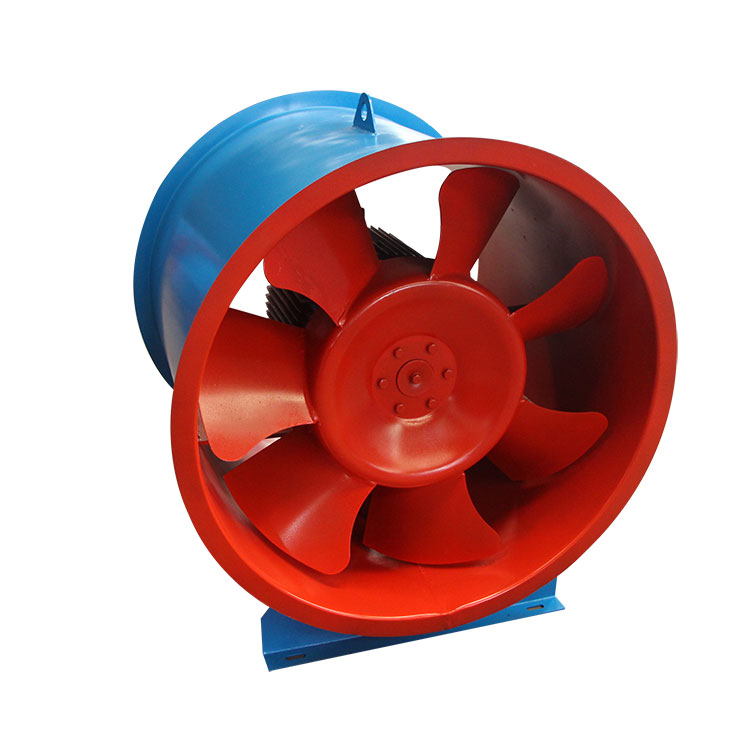Navigating the Airflow Landscape: Considerations for Selecting SWF Mixed Flow Fans
2023-12-08
Introduction:
In the dynamic world of ventilation, selecting the right fan is a crucial decision that can impact the efficiency and performance of various applications. As SWF mixed flow fans gain prominence for their unique characteristics, understanding the considerations for choosing the right fan for a specific application becomes paramount. In this blog, we'll explore the key factors that should be taken into account when selecting a SWF mixed flow fan.
1. Airflow Requirements:
Begin by assessing the specific airflow requirements of the application. Consider factors such as the volume of air that needs to be moved, the desired air exchange rate, and any particular airflow patterns necessary for optimal performance.
2. Pressure Needs:
Evaluate the pressure requirements of the application. SWF mixed flow fans are known for their ability to balance both high airflow and pressure, but different applications may have varying pressure needs. Ensure that the selected fan can provide the necessary pressure to meet the demands of the system.
3. Size and Space Constraints:
SWF mixed flow fans are appreciated for their compact design, making them suitable for installations where space is limited. However, it's crucial to assess the available space and select a fan size that fits seamlessly into the designated location without compromising performance.
4. Environmental Conditions:
Consider the environmental conditions in which the fan will operate. If the application involves exposure to corrosive substances, extreme temperatures, or other challenging environments, choose a fan with the appropriate materials and features to withstand such conditions.
5. Energy Efficiency:
Evaluate the energy efficiency of the SWF mixed flow fan. Look for features such as variable speed controls that allow for adaptive operation based on changing demands. An energy-efficient fan not only reduces operational costs but also aligns with sustainability goals.
6. Noise Levels:
Assess the noise considerations for the specific application. SWF mixed flow fans are known for their relatively quiet operation, but it's essential to ensure that the selected fan meets the noise requirements of the environment, especially in settings where low noise levels are critical.
7. Variable Speed Controls:
Opt for SWF mixed flow fans that offer variable speed controls. This feature allows operators to adjust the fan's speed based on changing conditions, providing flexibility and contributing to energy savings.
8. Maintenance Requirements:
Consider the maintenance needs of the SWF mixed flow fan. Fans with easy-to-access components and minimal maintenance requirements can contribute to a more cost-effective and hassle-free operation over the fan's lifespan.
Conclusion:
Selecting the right SWF mixed flow fan for a specific application requires a thoughtful assessment of various factors, from airflow requirements to environmental conditions. By considering these key aspects, you can make an informed decision that not only meets the immediate needs of the application but also contributes to long-term efficiency and performance. As industries continue to embrace advanced ventilation technologies, the careful selection of SWF mixed flow fans emerges as a pivotal step in ensuring optimal air movement and ventilation solutions.



